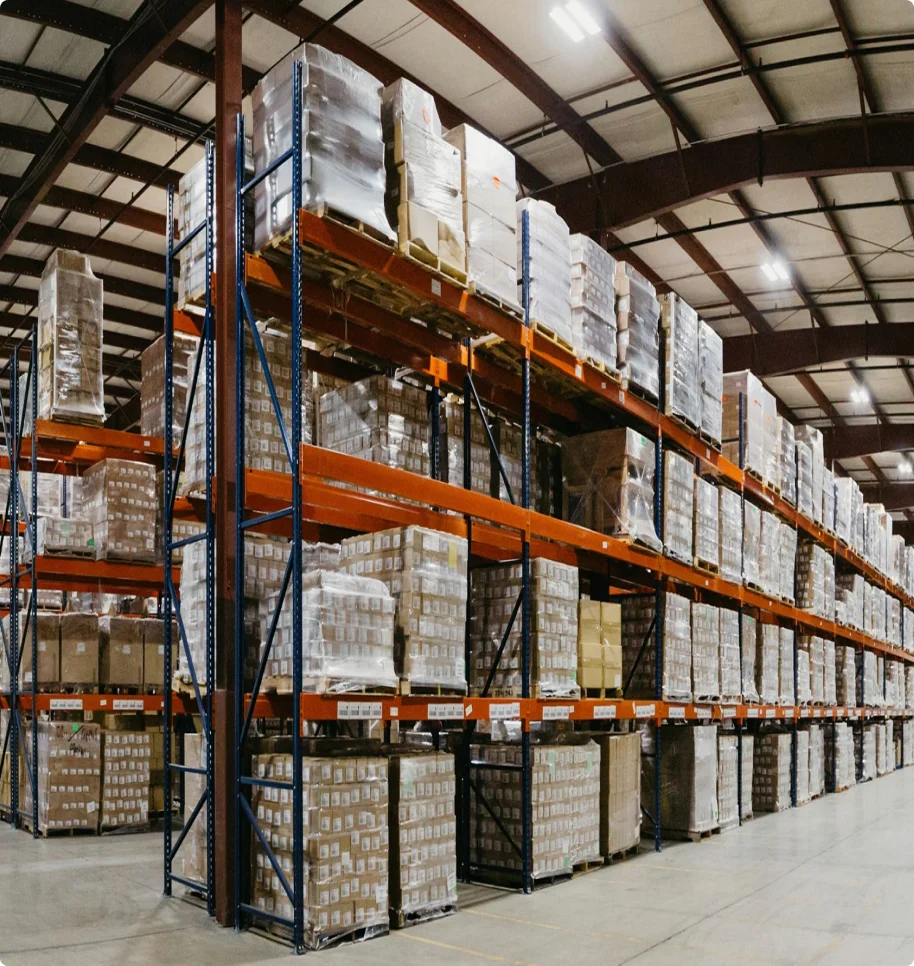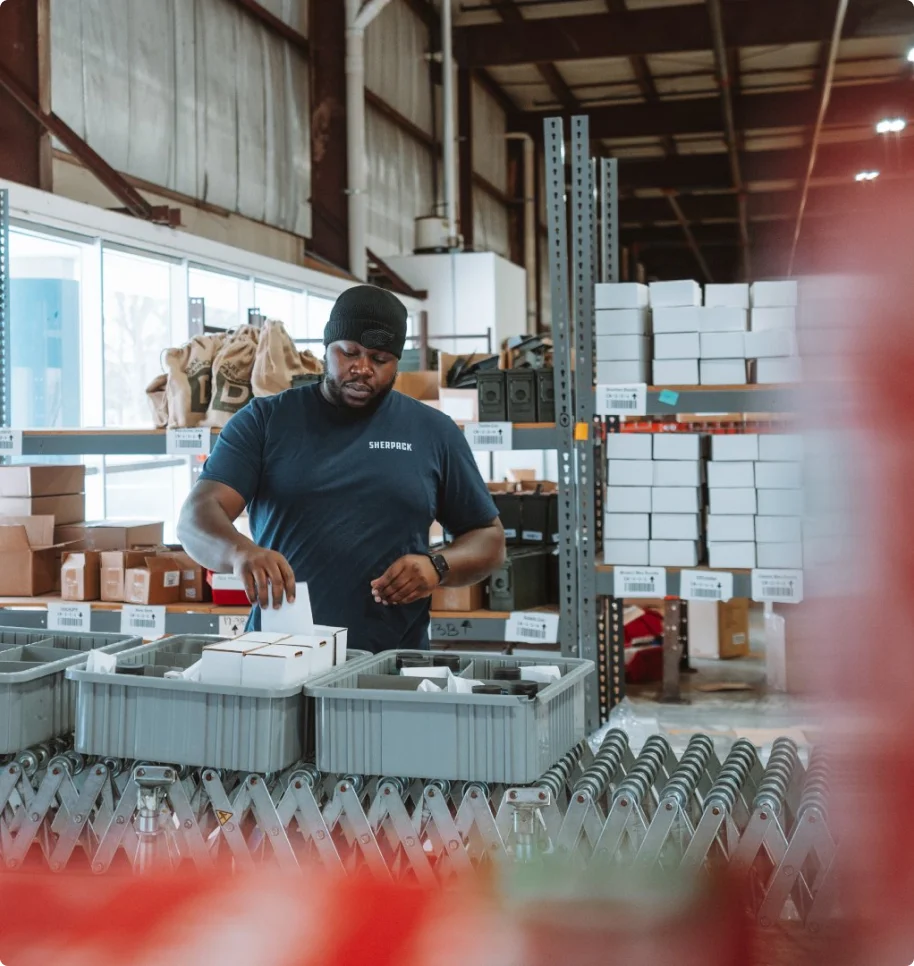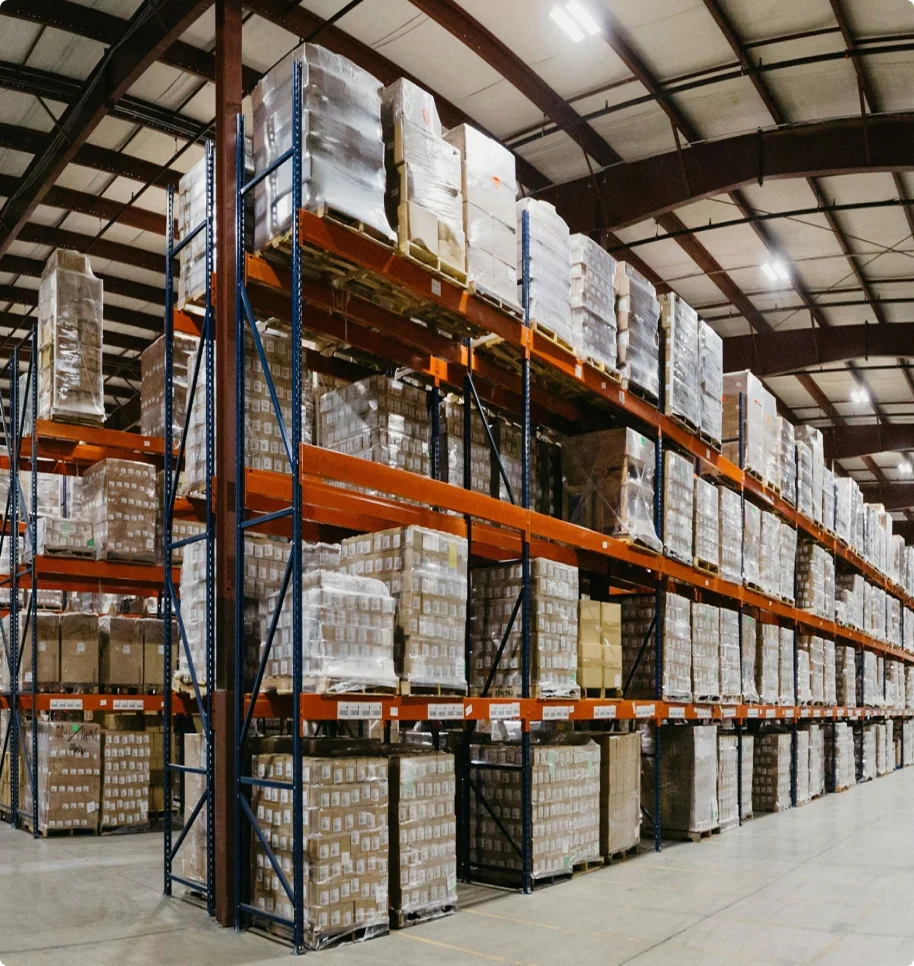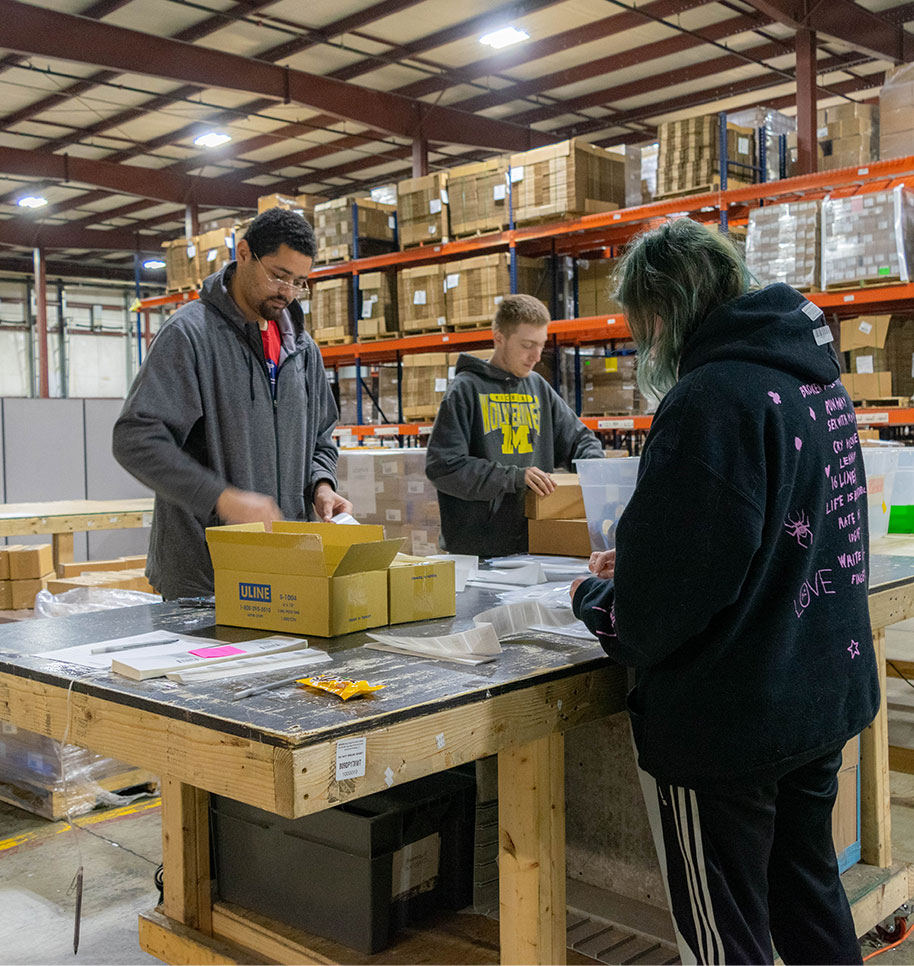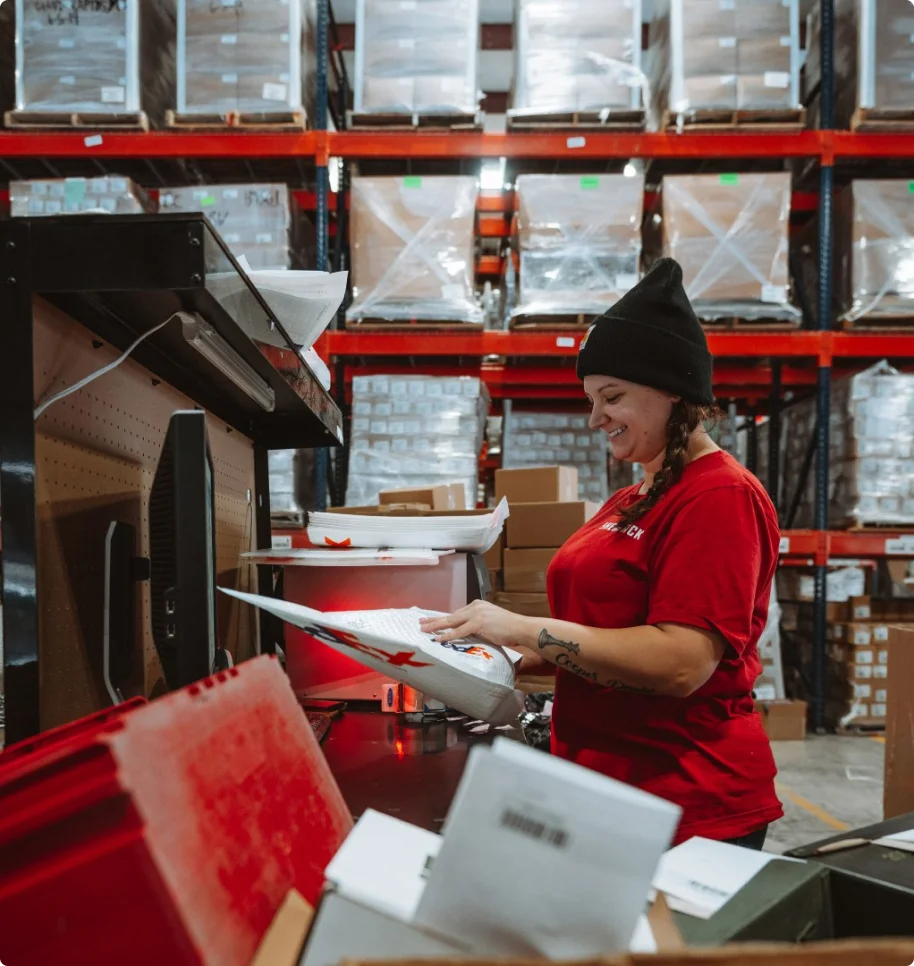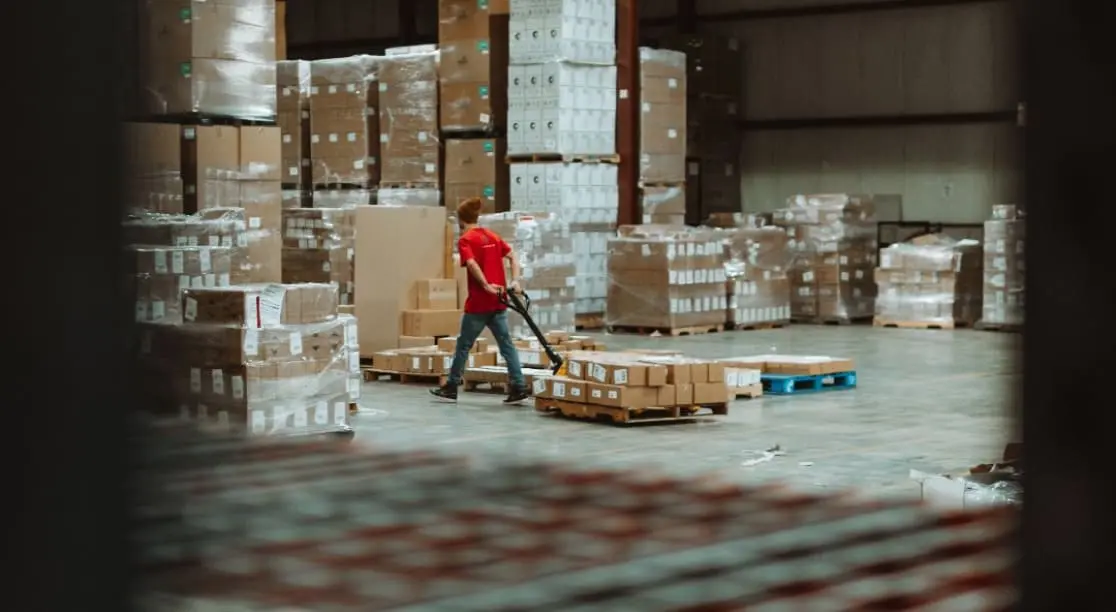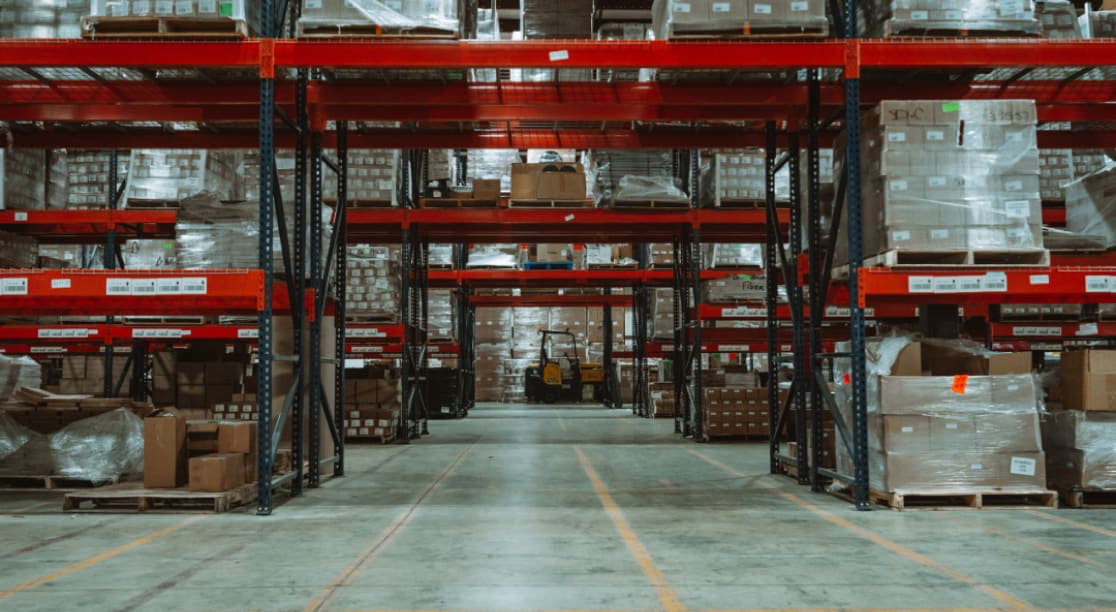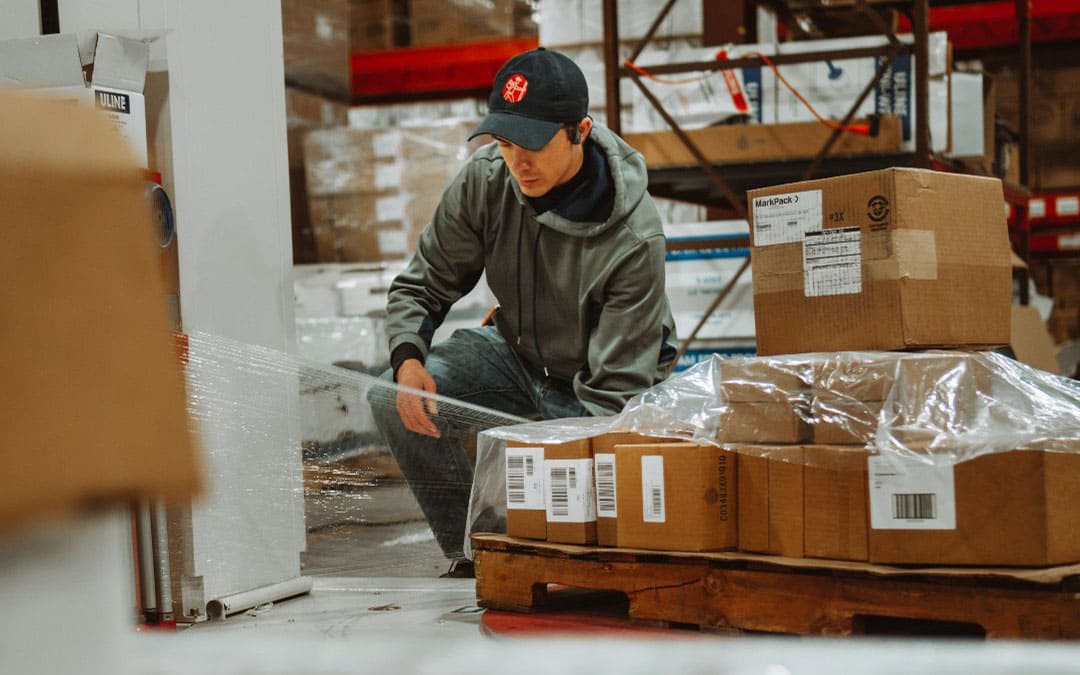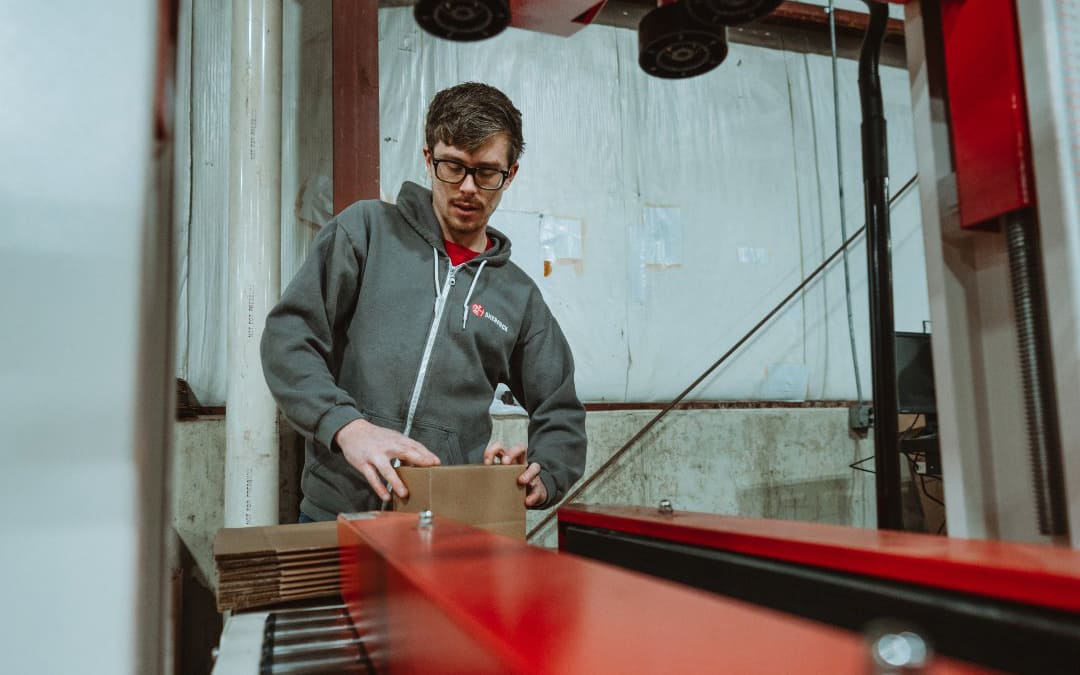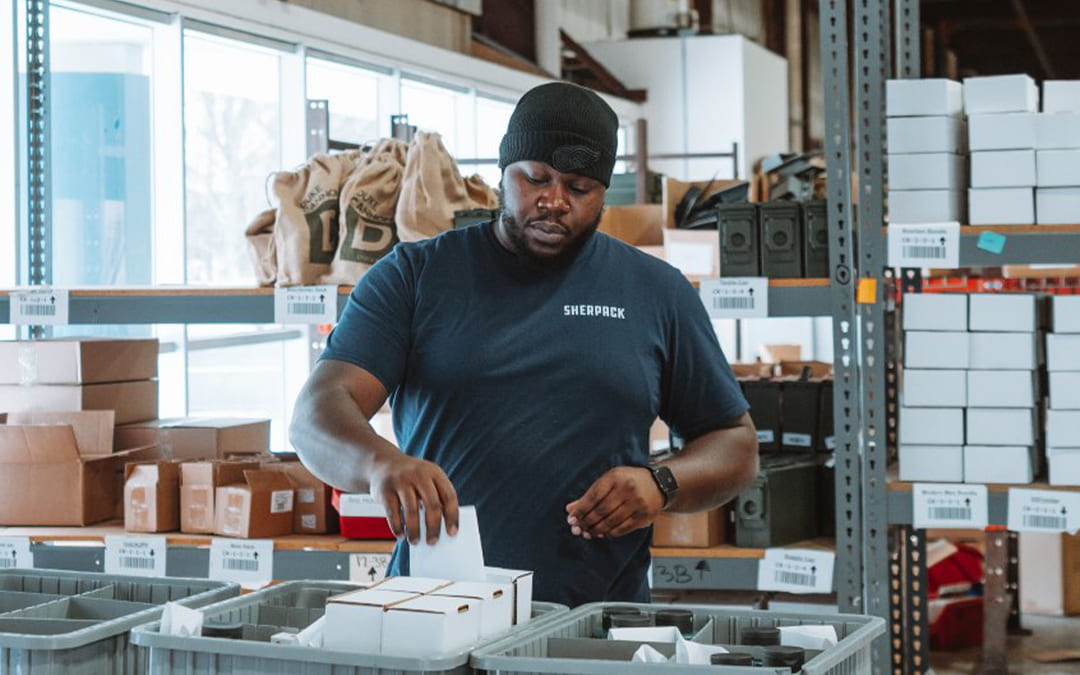One of the more common questions we get at Sherpack is about real-time inventory tracking. As many growing businesses know, that refers to shippers getting updates about the various stages of shipping as they happen. When a product is picked for shipping, they get a notification. When it heads out of the warehouse, the company is sent an alert. Out for delivery? Another alert, right when it happens. You get the idea!
Usually, this kind of tracking is done with advanced barcodes or tags and related apps, so it’s understandable that clients wonder if Sherpack has real-time tracking capabilities. We absolutely do! Let’s go over why that matters, and how our real-time solutions work.
Why Real-Time Tracking is Such an Advantage of Today’s Companies
Shipping shouldn’t be an opaque process: The more shipper knows about the status of inventory and orders, the better decisions it can make. That’s why end-to-end tracking and live updates are so important. Here are several situations where businesses can gain real advantages with this technology:
Tracking Inventory Turnover More Accurately
Real-time tracking allows your company to know, immediately, the exact inventory levels in any given warehouse, as well as exactly what kind of inventory is selling right now, and how. That allows for some very useful automation tricks, such as setting low inventory level alerts that will automatically re-order supplies for specific products when they start running low.
This also encourages more immediate, effective decisions in each sales season. For example, let’s say you know you have 800 driving gloves in stock in your Midwest storage center. However, your data also shows that as the weather gets colder, you tend to sell around 1,000 leather driving gloves during these months, even though sales are low at other times. You can then prepare by adding to your driving glove stock level now, so there’s no danger of running out at the peak of the season. Without detailed information that real-time tracking provides, you wouldn’t have these exact numbers to work with.
Cutting Out Inventory Expenses to Save Money
Real-time tracking also allows for a much more agile inventory management system, and that can lead to several different kinds of savings. A common example is the ability to minimize the stock you keep in storage at any given time, so you pay less in storage fees over time. Another example is watching inventory data to see if any products have particularly poor turnover: Products like this can expired or become “dead stock” that isn’t likely to sell but will take up space (and production costs if the company keeps making them). Charting out and removing dead stock creates more efficiencies and less wasted money.
Getting in Front of Delays and Other Delivery Exceptions
When real-time data also includes shipping notifications from the carrier, companies can act pro-actively if any issues crop up. That includes updates about product delays, damaged products, and signs that the delivery isn’t going to go as expected. This lets businesses provide more accurate shipping information based on their past data, and encourages teams to quickly solve problems while they are happening, rather than let customers grow angry and confused about shipping issues.
Providing More Information Directly to the Customer
Addressing problems isn’t the only advantage of real-time alerts. Businesses can also pass along this real-time data to customers, who are famous for their desire to track packages as much as possible. Simply send out an email that says, “Hey, your order has been selected from our warehouse and is now with our carrier for shipping,” can add a lot of value to the ordering experience.
Creating Synergy with Marketing for Back-Ordered Products
Real-time data can also give marketing teams some interesting info to work with. For example, if a business knows the moment that a certain popular product is back in stock at their warehouse, they can send out promotional messages that say, “The long-awaited “product name” is here again – order now before supplies run out!” This can boost sales for specific time periods according to your stocking strategy.
Scaling Product Knowledge with Company Growth
As a general rule, before real-time tracking, the more product stock a company had to deal with, the less the company knew about its inventory numbers. This created challenges with scaling up. Real-time data is far more exact and allows companies to scale exactly as they want to without needing to make hazy guesses about inventory levels while expanding or ramping up production.
Using Data and Analytics for Strategic Decision-Making
Speaking of scaling, there is also long-term strategic value in this kind of in-depth tracking information. Companies can use exact numbers when deciding where to set up new storage centers, what new products to invest in based on past shipments, and what products work best when shipped together as bundles.
How Sherpack Offers Real-Time Tracking for Shippers
Down to the details: Yes, Sherpack can provide real-time inventory tracking capabilities if that’s something that your business is interested in. When you work with Sherpack, we will hold consultations to help you find out exactly what kind of tracking info you are most interested in, based on your needs or certain problems with shipping that your company wants to solve. With that information, we can create and send customized reports directly to you with the information you.
Our capabilities allow these reports to include all kinds real-time data, such as where your products are in our inventory, when they head out, and when the real-time info gets handed over to a carrier to update you on delivery confirmation.
Sherpack is invested in making this tracking a seamless process, which means we can link with your online shopping cart so that warehouse tracking updates are automated from the moment a customer clicks Buy. Our software supports all major shopping cart platforms, and we can also help build integration for more independent online shopping situations. If you want to learn more, we’ll be happy to sit and talk about what you need.

